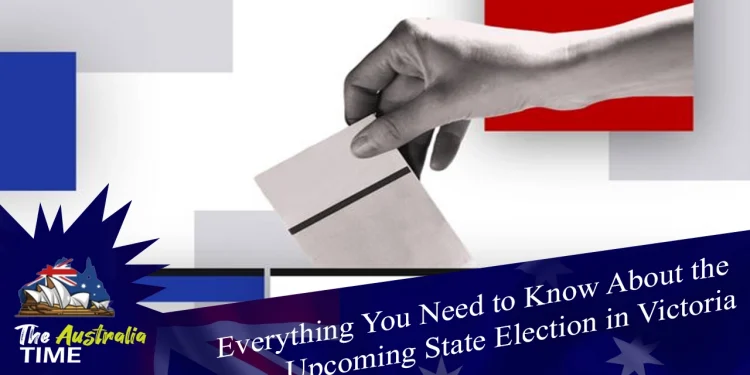Saturday, November 26, 2022, will be the date of the next State election.
On November 26, Victorians will vote whether to give Daniel Andrews a third term in office or give the Coalition a chance to run the country.
Victoria had not had a statewide election since the COVID-19 pandemic, when the state was almost the most quarantined in the world as stated by The Australia Time.
This will also be the first election held in Victoria since the Liberals lost the federal election in May. Many people think that a new group of “teal independents” will very affect how this election turns out.
Electoral system
Single transferable voting is used for multi-member seats in Victoria’s partially proportional Legislative Council, while instant runoff voting is used for single-member seats in the Legislative Assembly. Voting is mandatory. Forty people have been chosen to serve four-year terms in the Legislative Council, with each of the eight election zones sending five representatives to the council.
For an overall total of fifty, the quota in each area for election, once preferences are distributed, is sixteen and a half %, given that there are five seats up for grabs in each region (one-sixth). Victoria was the only state or territory in Australia to utilize group voting tickets for the upper house election at the time of the election.
Voters’ above-the-line preferences are effectively traded between parties under this arrangement. After the 2021 state election in Western Australia, the only state using the system, group voting tickets were discontinued. The Victorian Electoral Commission is in charge of running the polls (VEC).
Voting
State elections are attendance elections. On election day, people can vote at any polling place in Victoria. You can also vote early, by mail, from overseas, or from one state to another.
Who should vote?
If you are 18 or older, an Australian citizen, and have lived in Victoria for more than a month, you must register to vote in a State election.
You may have to pay a fine if you are registered to vote but don’t.
Who you elect
The Lower House is the Legislative Assembly, and the Upper House is the Legislative Council (Upper House).
One person will represent your area in the Lower House. This area is called a District. Five people will represent your area in the Upper House. This area is called a Region.
The people you vote for are members of Parliament (MPs).
-
The House of Representatives
In the Lower House, there are 88 MPs, one for each District in Victoria. The Victorian Government comprises the party or coalition with the most votes in the Lower House.
-
The House of Lords
In the Upper House, there are 40 MPs, five from each of Victoria’s eight regions. MPs in the Upper House look over laws passed by MPs in the Lower House.
















